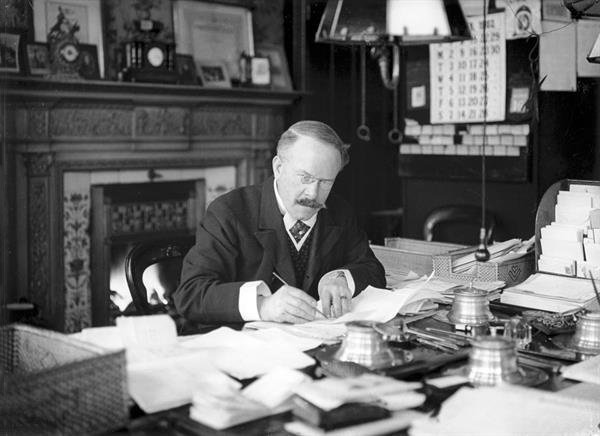History of Barnardos
The Barnardos tradition was founded by an Irish man, Dr Thomas Barnardo, born on Dublin’s Dame Street. He was educated in St Patrick’s Cathedral School and, at the age of 16, set out for London to train as a doctor. —-
The Barnardos tradition was founded by an Irish man, Dr Thomas Barnardo, born on Dublin’s Dame Street. He was educated in St Patrick’s Cathedral School and, at the age of 16, set out for London to train as a doctor.
 The London in which Thomas Barnardo arrived in 1866 was a city struggling to cope with the effects of the Industrial Revolution. Overcrowding, bad housing, unemployment, poverty and disease were rife. An outbreak of cholera killed more than 3,000 people, leaving families destitute. Thousands of children slept on the streets and many others were forced to beg after being maimed in factories.
The London in which Thomas Barnardo arrived in 1866 was a city struggling to cope with the effects of the Industrial Revolution. Overcrowding, bad housing, unemployment, poverty and disease were rife. An outbreak of cholera killed more than 3,000 people, leaving families destitute. Thousands of children slept on the streets and many others were forced to beg after being maimed in factories.
Abandoning his plans to travel to China as a missionary, Thomas Barnardo set up a ragged school in the East End of London in 1867, where vulnerable children could get a basic education. In 1870, Barnardo opened his first home for boys in Stepney Causeway, which carried a sign over the door ‘No Destitute Child Ever Refused Admission’.
By the time of his death in 1905, Dr Barnardo had established a large network of homes in the UK caring for about 8,000 children. During the twentieth century, Barnardos adapted to the changing needs of children and families. The emphasis changed from caring for children in residential homes to services that support children to stay within their families and communities.

Download your copy of our timeline
